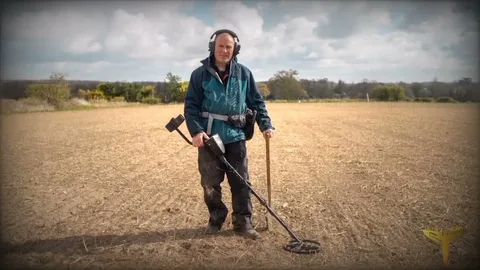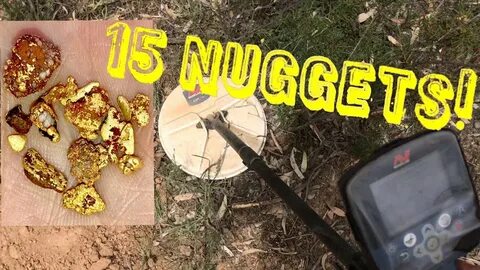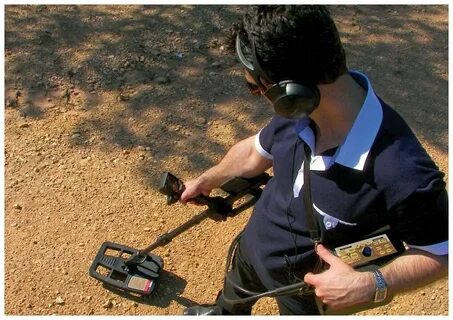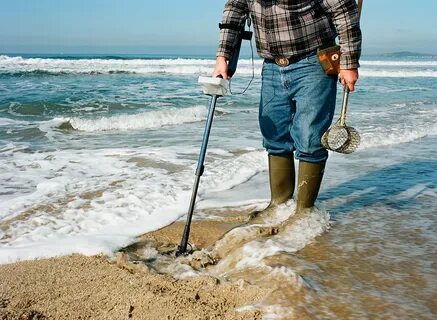Gold prospecting for beginners can be an exciting and rewarding hobby for those looking to try their hand at uncovering one of the world’s most precious metals. This introduction to gold prospecting for beginner prospectors will provide a comprehensive overview of the essential tools, techniques, and locations necessary to start your journey in the search for gold. Whether you’re a seasoned outdoors enthusiast or a complete novice, this guide will equip you with the knowledge and skills needed to begin your adventure in gold prospecting. So, grab your gear and get ready to discover the thrill of hunting for
Introduction to Gold Prospecting for Beginner Prospectors covers the basics of gold prospecting, including tools and equipment needed, best practices for finding and extracting gold, and safety considerations. The course is designed for beginners with little to no prior experience in gold prospecting and aims to provide a solid foundation for starting out in this hobby or profession. Topics covered may include types of gold deposits, panning techniques, using metal detectors, and understanding local mining regulations. Overall, this course provides essential knowledge and skills for those interested in getting started with gold prospecting.
The Basics of Gold Prospecting for Beginners
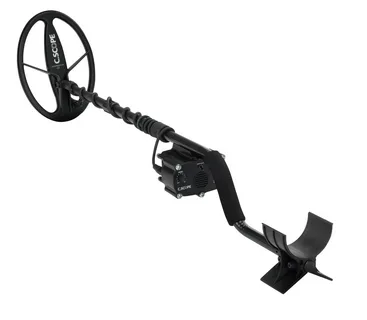
Gold prospecting is the act of searching for new gold deposits. This can be done in various ways, including panning, sluicing, metal detecting, and using a gold prospecting kit. The key to successful gold prospecting is to research and identify potential areas where gold may be found, such as riverbeds, streams, and old mines. It’s essential to learn how to properly use the tools and equipment and to understand the geology and topography of the area. Additionally, being patient and persistent is crucial, as finding gold can take time and effort. As a beginner, it’s also important to follow local laws and regulations regarding gold prospecting and obtain any necessary permits or permissions.
Equipment and Tools for Successful Gold Prospecting
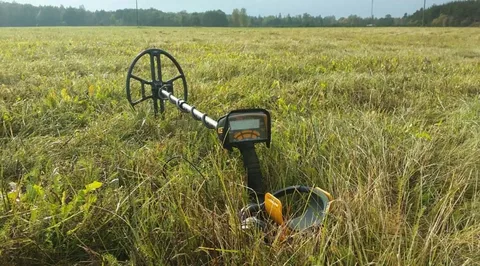
Some essential equipment and tools for successful gold prospecting include a gold pan, a sluice box, a metal detector, a shovel, a pry bar, a classifier, and a magnifying glass. A gold pan is used to manually separate gold from sediment, while a sluice box can trap and filter out gold from running water. A metal detector can help locate buried gold, and a shovel and pry bar are necessary for digging and loosening soil. A classifier is used to sort and separate materials, and a magnifying glass can help inspect and identify small particles of gold. Additionally, it’s important to have proper safety equipment such as gloves, boots, and eye protection while prospecting.
Finding the Best Locations for Gold Prospecting
See also: metal detector price

Finding the best locations for gold prospecting involves researching geological maps, understanding the geology of the area, finding areas with known gold deposits, and prospecting in areas where gold is most likely to be found. It also includes understanding the regulations and permissions necessary for prospecting in a particular location, as well as using the right equipment and techniques for finding gold. Additionally, consulting with experienced prospectors and joining local prospecting clubs can provide valuable insight into the best locations for finding gold.
Understanding Geological Indicators for Gold Prospecting
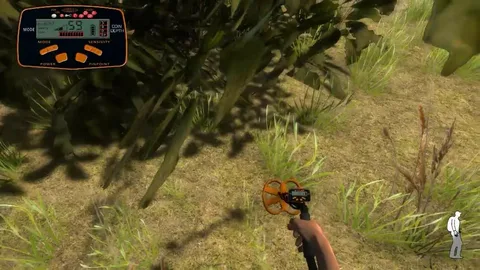
Understanding Geological Indicators for Gold Prospecting involves studying the rock formations, mineral deposits, and structural features of an area. Gold is often found in association with quartz veins, and other common indicators include iron-stained rocks, sulphide minerals, and rock formations that are known to host gold deposits. Additionally, understanding the geology of an area can help prospectors identify potential gold-bearing regions based on the presence of certain geological features associated with gold mineralization. Understanding these indicators can greatly increase the chances of successfully finding gold during prospecting activities.
Learning the Art of Panning for Gold
Learning the art of panning for gold involves understanding the geological and historical context of where gold is likely to be found, as well as developing the skills and techniques for effective gold panning. This includes learning how to identify potential gold-bearing areas, understanding the proper equipment and tools to use, and mastering the proper panning technique to separate gold from sediment. Additionally, prospective gold panners should familiarize themselves with local regulations and practices regarding gold panning, as well as safety considerations when working in natural waterways. Overall, learning the art of panning for gold requires a combination of knowledge, skill, and experience to be successful.
Tips for Successful Gold Prospecting Adventures
1. Research the area: Before heading out for a gold prospecting adventure, make sure to research the area you plan to visit. Look for information about the geology, history of gold discoveries, and any regulations or restrictions for prospecting in that area.
2. Use the right equipment: Invest in quality prospecting equipment such as a gold pan, sluice box, and metal detector. Having the right tools can make your prospecting adventure more productive and enjoyable.
3. Learn the basics: Familiarize yourself with the basics of gold prospecting, such as how to identify potential gold-bearing areas, how to pan for gold, and how to use a metal detector effectively.
4. Be patient and persistent: Gold prospecting requires patience and persistence. It’s important to be prepared for long hours of searching and be willing to put in the effort to find even small amounts of gold.
5. Respect the environment: When out on your gold prospecting adventure, be sure to follow all environmental regulations and leave the area as you found it. Respect the land and wildlife, and always pack out any trash or waste.
6. Join a prospecting club or group: Consider joining a local prospecting club or group to connect with other enthusiasts, learn from experienced prospectors, and gain access to group claims or private land for prospecting.
7. Stay safe: Gold prospecting often takes place in remote or rugged areas, so it’s important to prioritize safety. Be prepared for changing weather conditions, bring essential supplies, and always let someone know where you’ll be prospecting and when you plan to return.
8. Have realistic expectations: Gold prospecting can be a challenging and unpredictable activity. It’s important to have realistic expectations and enjoy the adventure, regardless of whether you strike it rich or not.
Navigating Local Laws and Regulations for Gold Prospecting
Navigating local laws and regulations for gold prospecting can vary depending on the location. It is important to research and understand the specific rules and regulations in the area where you plan to prospect for gold. This may include obtaining permits or permissions from local government authorities, adhering to environmental protection guidelines, and following any restrictions on where and how you can prospect for gold. It is also important to stay informed about any changes in local laws and regulations that could impact your gold prospecting activities. Additionally, seeking advice from experienced prospectors or local resources can also be helpful in navigating the legal aspects of gold prospecting.
The Importance of Research and Planning for Gold Prospecting
Research and planning are crucial for successful gold prospecting. It helps prospectors understand the geological conditions of an area, the history of gold deposits, and potential hotspots for finding gold. Without proper research and planning, prospectors may waste time and resources in unproductive areas. By conducting thorough research and creating a well-thought-out plan, prospectors can increase their chances of finding gold and ultimately have a more successful prospecting experience.
Joining a Gold Prospecting Club: Pros and Cons
Pros:
– Access to experienced members who can offer guidance and tips
– Opportunities to join group outings and learn from others
– Access to club-owned claims for gold prospecting
– Membership discounts on equipment and supplies
Cons:
– Membership fees and dues
– Required commitment to actively participate and contribute to the club
– Group dynamics and potential conflicts with other members
– Rules and regulations set by the club may limit individual prospecting freedom
Staying Safe While Engaging in Gold Prospecting Activities
When engaging in gold prospecting activities, it is important to prioritize safety to prevent any accidents or injuries. Here are some tips to ensure safety while gold prospecting:
1. Know the local laws and regulations regarding gold prospecting in the area you plan to visit. Make sure to obtain any necessary permits or permissions before starting your activities.
2. Always let someone know where you are going and when you plan to return. It’s important to have a contact person who can take action if you do not return as planned.
3. Be aware of your surroundings and potential hazards such as unstable ground, wildlife, or adverse weather conditions. Take necessary precautions to mitigate these risks.
4. Use the right tools and equipment for gold prospecting, and ensure that they are in good working condition. This includes wearing appropriate clothing and protective gear such as gloves and sturdy footwear.
5. Stay hydrated and bring enough food and water for your prospecting trip. It’s important to keep yourself nourished and hydrated, especially when engaging in physical activities outdoors.
6. Be cautious if you are exploring an area with abandoned mines or old mining sites. These areas can be dangerous due to unstable structures and potential toxins.
By following these safety tips, you can enjoy your gold prospecting activities while minimizing the risk of accidents or injuries. Always prioritize safety and be prepared for any potential challenges that may arise during your prospecting trip.

